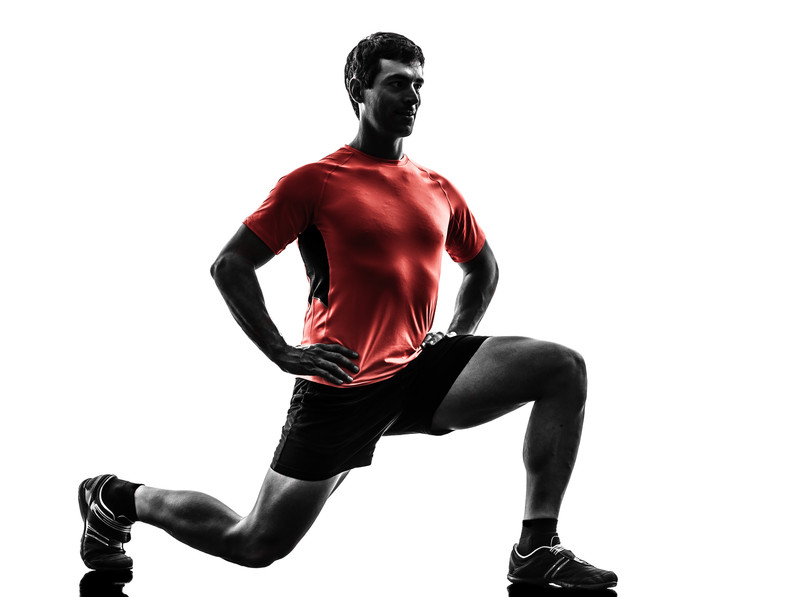Injury prevention is usually the most overlooked part of a rehabilitation or training program. Injury prevention is more than just doing a bit of stretching before and after exercise, training, or competition. There are wide a variety of key elements which have been proven to increase your risk of suffering a sports injury.
Some of the main indicators are:
Previous injury – if you have suffered an previous sports injury, then you are much more likely to suffer another injury, either the same injury again or a completely new injury. This is usually because athletes insist on returning to their sport too early, and they have done little or no rehabilitation. This results in the damaged tissue being weak, and extra stress being placed on other areas. Ever had back pain because you’ve been limping? That’s why proper rehabilitation is so important, just resting it until it feels better is not enough.

Biomechanics – this includes things like flexibility, mobility, balance, stability, movement, etc, and can be easily assessed by a suitable professional. Certain deficiencies have been identified which have been proven to increase your risk of injury. A biomechanics assessment will identify any areas of weakness or restriction, or just plain dodgy movement ability, and will inform the design of a bespoke injury prevention training program.
Weakness – you can't go wrong with strong. Research shows that strength training can reduce the risk of overuse injuries by up to two thirds (so you are only a third as likely to suffer an injury). This is true across all sorts of sports, even endurance sports like running and cycling. Incidentally, strength training has also been shown to improve performance in these sports, massively! So no excuses, you know what you should be doing over the winter.
(One thing to note, if you start a full on strength training program before addressing any biomechanical issues, all you are doing is reinforcing those issues and potentially making them worse, so always start with an assessment so you know where you should be starting). 
Training load – most athletes know that increasing training (load, volume, intensity, frequency, density, etc) too quickly can lead to overtraining and fatigue, but it can also increase the risk of injury. Comparing your acute (current) training load against your chronic (recent) training load can identify any large spikes in training, helping you plan rest and recovery sessions to reduce the risk of injury.
Sleep – an easy one. Research shows that athletes who get less than 8 hours sleep are 1.7 times (70%) more likely to get an injury. Sleep is also the best recovery aid there is, better than any powder or potion. Go to bed earlier.
I will be putting up some blog posts with more detailed info on some of these topics in the near future, so if you want more info on how to monitor your training load or how to test key biomechanics indicators, check back soon, or follow me on Facebook or Twitter to keep up to date with the latest posts.